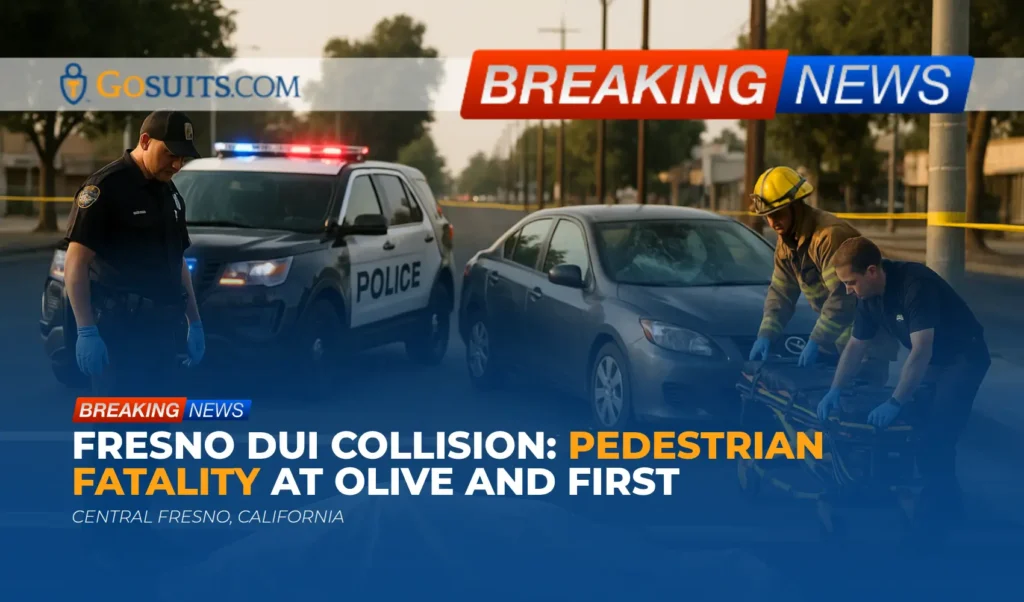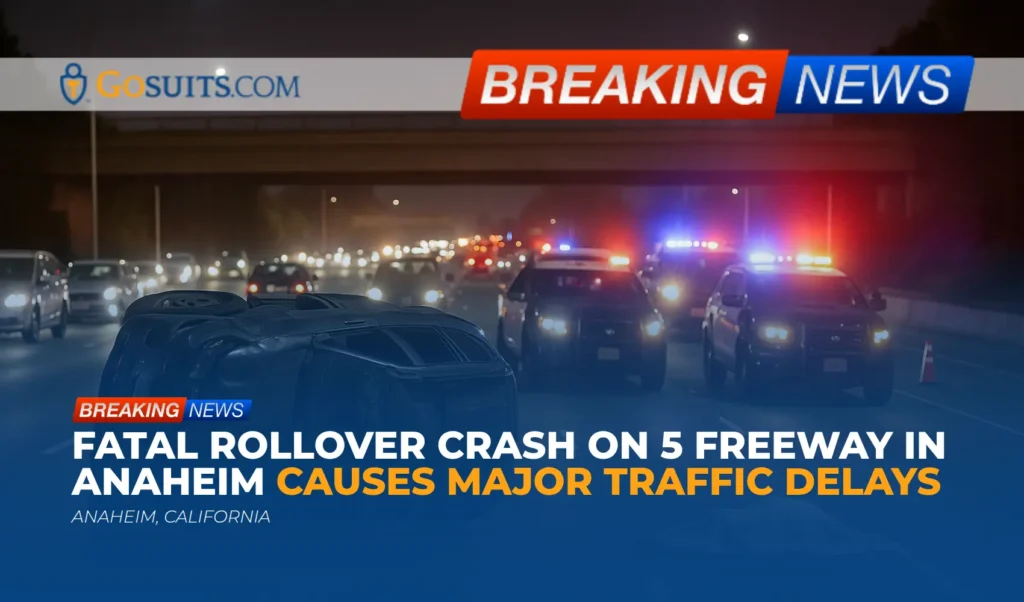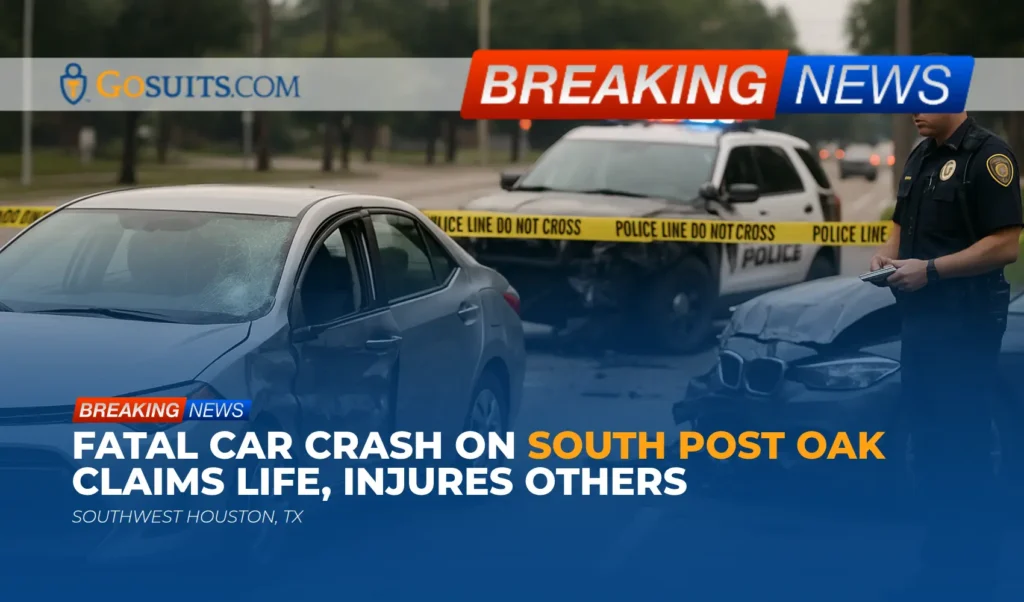Southwest Flight Takes Evasive Action to Avoid Potential Mid-Air Collision, Passengers and Crew Injured
A Southwest Airlines flight experienced a sudden descent on Friday, July 25, 2025, to avoid a potential mid-air collision with another aircraft. The incident occurred shortly after Southwest flight 1496 departed from Hollywood Burbank Airport in Los Angeles County, leading to injuries among the flight crew and raising concerns about air safety protocols.
Incident Details
According to flight tracking data, Southwest flight 1496 abruptly descended approximately 475 feet, from 14,100 feet to 13,625 feet, just six minutes after takeoff. A passenger on board the flight reported feeling a “significant drop.” The pilot informed passengers that the maneuver was executed to avert a potential mid-air collision.
Southwest Airlines confirmed the incident and stated that two flight attendants were treated for injuries sustained during the sudden descent. The other aircraft involved was identified as a Hawker Hunter, with the N number N335AX, which was flying at an altitude of approximately 14,653 feet when the Southwest flight initiated its descent. Sources indicated that multiple Hawker Hunter aircraft were operating in the area at the time, conducting what was described as a normal operation.
Following the incident, the Southwest flight continued to its destination in Las Vegas and landed without further incident. Southwest Airlines is currently collaborating with the Federal Aviation Administration (FAA) to investigate the circumstances surrounding the event.
Collision Avoidance Systems and Procedures
Modern aircraft are equipped with collision avoidance systems designed to prevent mid-air collisions. These systems, such as the Traffic Collision Avoidance System (TCAS), monitor the positions of nearby aircraft and issue alerts to pilots if a potential collision is detected. In such situations, one aircraft will typically descend, while the other ascends, to establish a safe vertical separation.
Preliminary data suggests that the two aircraft involved in this incident were several miles apart when the collision avoidance alerts were triggered. The fact that an alert was issued indicates a potential breach of safe separation standards, prompting a swift response from the Southwest Airlines pilot.

Potential Legal Implications of Near-Miss Incidents
Incidents involving near-miss collisions involving aircraft can raise complex legal questions, particularly concerning liability for injuries and damages. While this particular incident resulted in relatively minor injuries, the potential for a far more serious outcome underscores the importance of understanding the legal ramifications of such events.
From a personal injury perspective, several parties could potentially bear responsibility in the event of an accident. These may include:
- The airlines: Airlines have a duty to ensure the safety of their passengers and crew. This includes proper maintenance of aircraft, adherence to safety protocols, and appropriate training for pilots and flight crew.
- The pilots: Pilots are responsible for operating their aircraft safely and in accordance with regulations. Negligence on the part of a pilot, such as failure to follow air traffic control instructions or improper execution of maneuvers, could lead to liability.
- Air traffic control: Air traffic controllers are responsible for maintaining safe separation between aircraft. Errors or negligence by air traffic controllers can contribute to near-miss incidents or collisions.
- Aircraft manufacturers: Defects in the design or manufacturing of aircraft or their components could also contribute to accidents.
In the event of an actual collision resulting in injuries or fatalities, victims and their families may have grounds to pursue legal action to recover compensation for their losses. This compensation may cover medical expenses, lost wages, pain and suffering, and other damages.
Considerations for Passengers and Crew
Passengers and crew members who sustain injuries in incidents such as this may have legal recourse to pursue compensation for their injuries and related losses. It is important for anyone injured in an aviation incident to seek legal counsel from a seasoned personal injury attorney who can assess the situation, advise them of their rights, and help them navigate the legal process.
Injuries sustained during turbulence or sudden maneuvers can range from minor bumps and bruises to more serious injuries, such as fractures, head trauma, or whiplash. In some cases, the psychological trauma of experiencing a near-miss incident can also be significant.

Investigating the Incident
A thorough investigation by the FAA and other relevant authorities will be essential to determine the precise circumstances that led to this near-miss incident. The investigation will likely focus on factors such as:
- Communication between the pilots and air traffic control
- The operation and positioning of the Hawker Hunter aircraft
- The performance of the collision avoidance systems on both aircraft
- Weather conditions at the time of the incident
- Adherence to standard operating procedures
The findings of the investigation will be crucial in identifying any safety deficiencies and implementing measures to prevent similar incidents from occurring in the future. This may involve changes to air traffic control procedures, pilot training, or aircraft maintenance protocols.
Commentary from Gosuits Los Angeles County, California Personal Injury Attorney
Near-miss incidents such as the one involving the Southwest flight underscore the importance of stringent safety protocols and the potential for serious injuries when these protocols are not followed. The fact that flight attendants sustained injuries during this event highlights the physical risks that can arise in aviation incidents, even when a full-scale collision is avoided. A comprehensive investigation will help to identify potential areas for improvement in air safety practices. It is also vital that anyone injured in an aviation incident understand their legal rights and options for seeking compensation for their losses.





